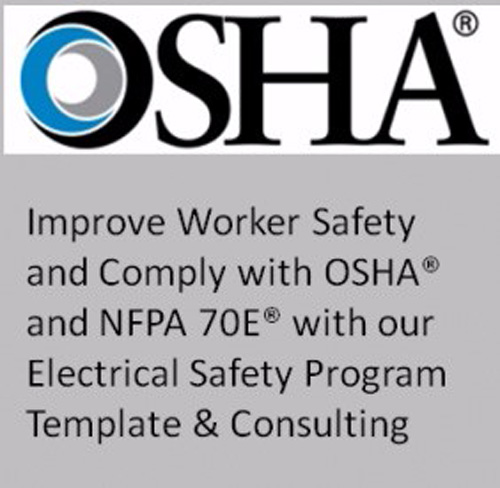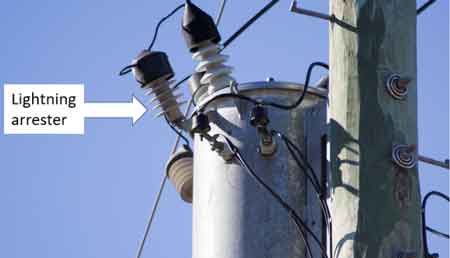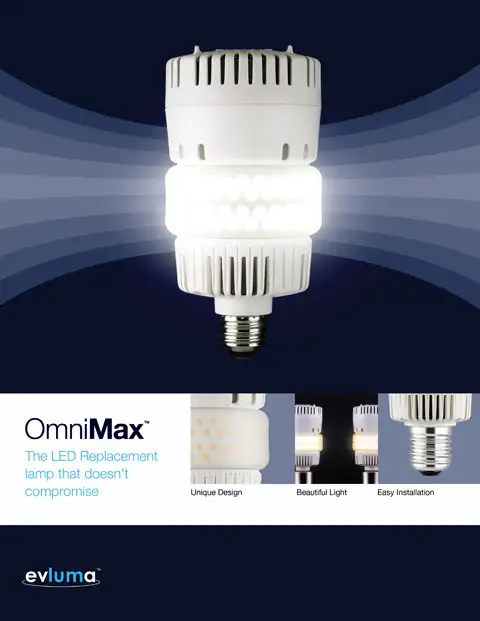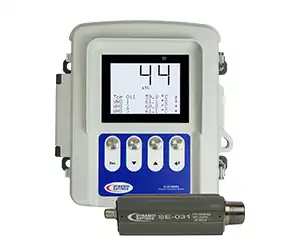Wiring That Isn’t OSHA Certified - Understand The Risks

CSA Z462 Arc Flash Training - Electrical Safety Essentials
Our customized live online or in‑person group training can be delivered to your staff at your location.

- Live Online
- 6 hours Instructor-led
- Group Training Available
Download Our OSHA FS3529 Fact Sheet – Lockout/Tagout Safety Procedures

- Learn how to disable machines and isolate energy sources safely
- Follow OSHA guidelines for developing energy control programs
- Protect workers with proper lockout devices and annual inspections
Wiring that isn’t OSHA certified creates serious safety hazards, violating workplace compliance standards and the National Electrical Code (NEC). Non-compliant wiring increases arc flash risks, electrical shock exposure, and fire danger, making OSHA compliance essential.
What is Wiring That Isn’t OSHA Certified?
Wiring that isn’t OSHA certified refers to electrical installations that fail to meet OSHA safety regulations and NEC code standards, putting workers and facilities at risk.
✅ Increases arc flash, shock, and fire hazards
✅ Violates OSHA and NEC electrical safety codes
✅ Compromises workplace compliance and reliability
For a refresher on core hazards tied to non-compliant wiring, see our primer on What is Arc Flash
Request a Free Training Quotation
Common OSHA Electrical Violations
Some of the most frequent electrical violations cited by OSHA include:
-
Missing covers on junction boxes or panels (29 CFR 1910.303(b)(2): installations must be neat and workmanlike).
-
Improperly used extension cords without strain relief.
-
Flexible cords run through walls, ceilings, or doors (29 CFR 1910.305(g)(1)(iv): cords cannot substitute for fixed wiring).
-
Lack of grounding conductors or mislabeled connections.
According to OSHA data, more than 1,900 citations were issued under 1910.303 and 1910.305 in 2023 alone, underscoring the common—and preventable—nature of these violations. To align wiring practices with federal rules, review OSHA Electrical Safety Standards
Temporary Wiring & Extension Cords
Temporary wiring and extension cords are frequent problem areas. OSHA and the NEC permit temporary wiring in limited situations, such as during construction, maintenance, or emergency repairs. Under 29 CFR 1926.405(a)(2)(ii)(J), cords must be hard or extra-hard usage, three-wire type, and properly protected from damage.
Improper use—such as daisy-chaining cords, running them across walkways without protection, or using them permanently instead of fixed wiring—often leads to citations. Many arc flash and shock incidents occur due to the misuse of flexible cords, making extension cord standards one of OSHA’s most heavily enforced areas. Temporary wiring risks rise when cords aren’t checked—learn how often to inspect them here: How Often Should You Inspect an Extension Cord
Test Your Knowledge About Arc Flash!
Think you know Arc Flash? Take our quick, interactive quiz and test your knowledge in minutes.
- Instantly see your results and score
- Identify strengths and areas for improvement
- Challenge yourself on real-world electrical topics
Training & Inspections
Electrical safety training is essential for compliance. OSHA requires employers to ensure workers can recognize and avoid hazards, even if specific training requirements are embedded across multiple standards. Training on OSHA wiring rules, NEC codes, and NFPA 70E helps reduce violations, improve inspections, and keep workers safe.
Regular electrical inspections also play a critical role. Employers should schedule audits to verify proper grounding, secure terminations, labeling of conductors, and the condition of flexible cords. Preventive inspections not only reduce the likelihood of citations but also extend the lifespan of equipment. For best-practice methods that complement OSHA enforcement, read NFPA 70E
Real-World Consequences
Failure to comply with OSHA’s wiring standards leads to fines, downtime, liability claims, and, most importantly, potential loss of life. In one real-world case, inspectors discovered temporary cords being used as permanent wiring in a food processing facility. The violations resulted in multiple OSHA citations, costly rework, and several weeks of production delays.
Wiring that isn’t OSHA-compliant creates a dangerous workplace with heightened risks of electrical hazards, equipment malfunctions, and regulatory penalties. OSHA establishes strict standards under 29 CFR 1910 and 1926 to ensure electrical safety, while the NEC and NFPA 70E provide practical guidance for maintaining compliance. Correct hazard communication depends on accurate equipment labels—see guidance on Arc Flash Labels.
Frequently Asked Questions
What Are the Risks of Using Wiring That Isn't OSHA Certified?
Using electrical systems that do not meet OSHA requirements introduces multiple hazards. Non-compliant wiring may lack proper insulation or be improperly installed, increasing the risk of electrical shock. Contact with live parts can result in severe or fatal injuries, especially where high voltage is involved.
Poorly installed wiring also creates fire hazards. Overheating conductors or loose connections can ignite nearby materials, leading to catastrophic fires. For example, an arc flash in a manufacturing plant caused severe burns to two employees when improperly spliced, non-compliant conductors failed.
Equipment failure is another risk. Wiring that does not meet OSHA and NEC standards is prone to malfunctions, leading to costly downtime. Critical components such as junction boxes, attachment plugs, caps, and lighting fixtures may fail prematurely if wiring methods are non-compliant.
How Does OSHA Certification Ensure the Safety of Electrical Systems?
OSHA compliance ensures that electrical equipment, components, and installation methods meet recognized safety standards. Proper installation includes correct grounding, labeling, and circuit protection.
Key rules include:
-
29 CFR 1910.305(a)(2)(viii): prohibits bare conductors for temporary circuits.
-
29 CFR 1910.305(a)(2)(x–xi): requires flexible cords to be protected, supported, and strain-relieved.
Qualified personnel must install, inspect, and maintain systems. Components must be listed and labeled by NRTLs. Compliance reduces the risk of shock, arc flash, and fire, while protecting workers and equipment. Verify working distances and PPE selection using the Arc Flash Boundary
What Are the Consequences of Using Non-OSHA Certified Wiring in the Workplace?
Employers using non-compliant systems face significant legal and financial consequences. Some of the most common outcomes include:
-
OSHA citations and penalties: Failing to meet OSHA’s electrical standard can lead to fines and citations. Non-certified wiring will likely be flagged during routine inspections, resulting in violations under 29 CFR 1910.
-
Increased downtime: Electrical systems that do not meet certification standards are more prone to failures. When critical systems fail, it can lead to costly downtime, interrupting production and leading to financial losses.
-
Workplace injuries or fatalities: Non-certified wiring increases the likelihood of accidents such as electrical shock or arc flash incidents, especially if the voltage of exposed live parts is involved. These incidents can cause severe injuries or even fatalities, with devastating effects for employees and liability for employers.
-
Damage to equipment: Substandard wiring can cause overheating or short-circuits, damaging expensive machinery and equipment. This leads to frequent repairs and replacements, further increasing operating costs.
Electricity Today T&D Magazine Subscribe for FREE

- Timely insights from industry experts
- Practical solutions T&D engineers
- Free access to every issue
How Can I Verify If My Electrical System Is OSHA Certified?
Verification involves multiple steps.
-
Ensure systems meet the requirements of 29 CFR 1910.305 covering wiring methods and installation practices.
-
Hire qualified inspectors to check circuits, grounding, labeling, and strain relief.
-
Confirm that all equipment is listed and labeled by NRTLs.
-
Schedule regular electrical inspections to identify potential issues before they escalate into more serious problems.
-
Implement lockout/tagout (LOTO) procedures to protect employees during servicing.
Employers must hire qualified personnel, maintain inspection schedules, and provide electrical safety training to remain compliant. Ultimately, ensuring wiring meets OSHA standards is not only a regulatory requirement but also a critical step in protecting workers, reducing costs, and preventing life-threatening accidents.
Related Articles








